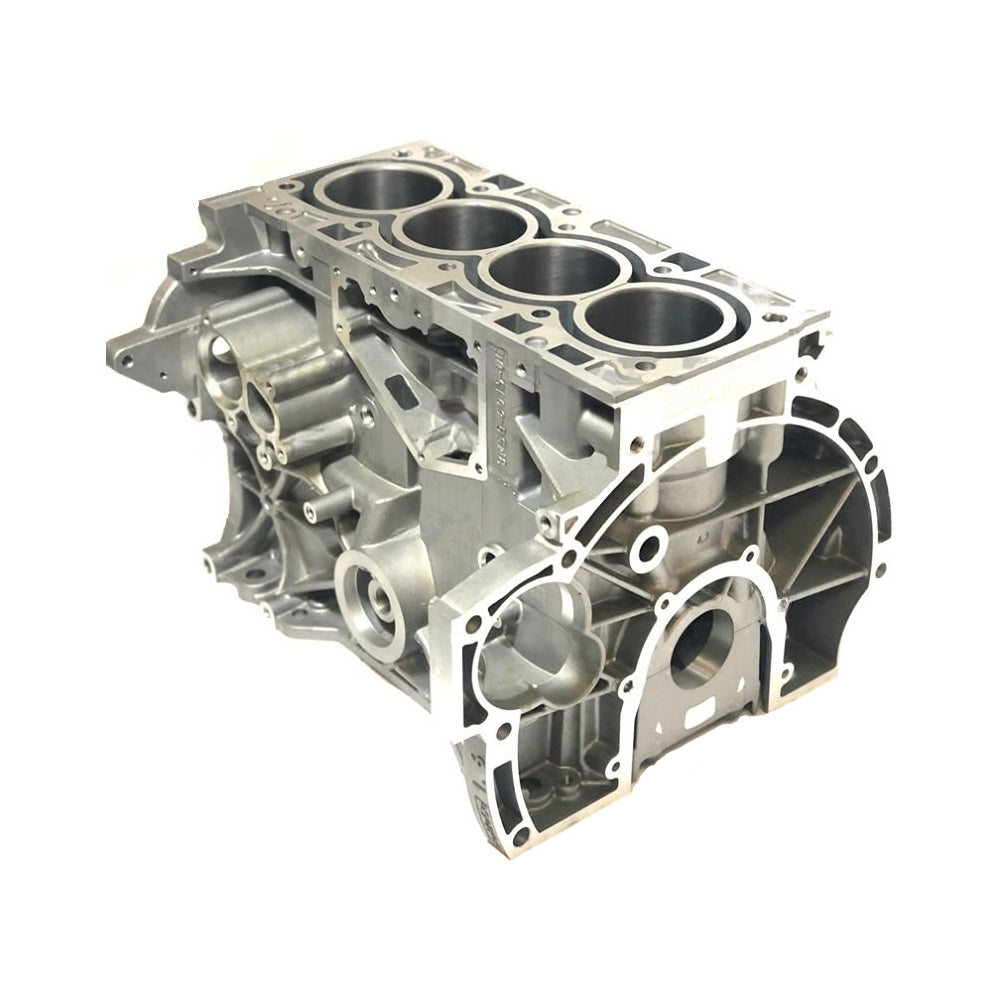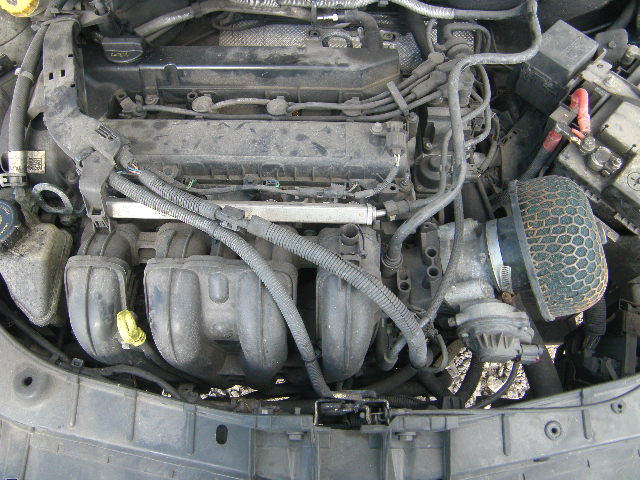Top Ford Fiesta Engine Repairs to Avoid Costly Damage
Top Ford Fiesta Engine Repairs to Avoid Costly Damage
Blog Article
Exploring the Advancement of Engines: From Traditional Layouts to Modern Marvels
The advancement of engine innovation represents a considerable narrative in the background of development, marked by essential advancements that have constantly redefined transportation and industry. From the preliminary vapor engines that powered the Industrial Revolution to the emergence of internal burning engines that transformed movement, each phase has actually added to better performance and ability. Currently, the shift to electrical power symbolizes not only a technical shift however likewise a broader dedication to environmental sustainability. As we check out these turning points, one should think about how the future of engine layout may unfold, challenging our understandings of power and performance.
The Birth of Engine Technology
The arrival of engine innovation marked a zero hour in human technology, transforming energy conversion and transport. The earliest engines arised from the need to harness mechanical power for functional use, resulting in the growth of devices that converted numerous energy types right into activity. The principle of the engine can be mapped back to ancient worlds, where easy machines, such as the waterwheel and windmill, utilized all-natural forces to perform work. It was throughout the late 17th and early 18th centuries that considerable developments began to emerge.
The development of the internal combustion engine and the innovation of the steam engine militarized a profound change in industrial capacities. These engines not just boosted performance yet also broadened the extent of human movement, enabling unprecedented transportation opportunities. The early models laid the foundation for the mechanical globe, promoting the rise of markets and reshaping social structures.
As engine designs advanced, they advanced and incorporated innovative materials engineering principles, leading the way for modern-day advancements - ford fiesta engine. The birth of engine innovation sparked a ruthless search of performance and power, setting the phase for the dynamic development of transport and industrial equipment that would follow
Vapor Engines and Their Effect

The vapor engine's influence was especially evident in the transport sector (ford fiesta engine). Steam-powered engines facilitated the fast activity of goods and people throughout substantial distances, effectively diminishing the geographical barriers that had actually previously prevented trade and communication. Steamships changed marine travel, enabling for quicker and extra dependable crossings of seas and rivers.
In sector, steam engines powered factories, allowing mass manufacturing and the surge of urban centers as hubs of economic activity. Steam innovation promoted advancements in design and production processes, laying the foundation for future innovations in engine layout.
The Surge of Internal Burning
Regularly outweighing vapor power, the rise of internal burning engines noted a transformative shift in transportation and sector throughout the late 19th and very early 20th centuries. The development of these engines, characterized by their capacity to melt fuel within the engine itself, allowed higher efficiency and power compared to typical vapor engines. Pioneering creators such as Nikolaus Otto and Rudolf Diesel played vital duties in developing engine styles, resulting in widespread adoption in vehicles, boats, and commercial machinery.
The internal burning engine's small size and reasonably light-weight nature promoted the emergence of personal vehicles, changing specific wheelchair and reshaping city landscapes. By making it possible for faster traveling and the effective transport of products, these engines catalyzed economic growth and fostered globalization. The versatility of fuel options, consisting of gas and diesel, further improved their charm, permitting varied applications across numerous industries.
Despite the ecological issues that would certainly later emerge, the first attraction of inner combustion technology stocked its transformative possibility. As society embraced this innovation, the structure was laid for modern-day transportation systems, establishing internal combustion engines as a foundation of commercial innovation and daily life throughout the 20th century.
Developments in Engine Performance
As internal combustion engines came to be integral to transport and sector, the focus shifted towards boosting their efficiency to meet growing demands for efficiency and sustainability. Technologies in engine design, material scientific research, and innovation have actually significantly contributed to this development.
One significant advancement is the growth of turbocharging, which permits boosted air intake, leading to even more total fuel burning and enhanced power result without enlarging engine size. Additionally, variable shutoff timing systems have actually been implemented to optimize engine efficiency throughout numerous RPM arrays, therefore improving gas performance.
The application of advanced fuel shot modern technologies, such as straight shot, has likewise played an essential duty. This approach permits more specific control over the fuel-air mixture, promoting better combustion and decreasing discharges. In addition, light-weight products, including light weight aluminum and composite parts, have actually been embraced to decrease total engine weight, leading to boosted performance.
These innovations reflect a broader fad within the auto market, where the harmony between engineering advancement and environmental factors to consider drives the continuous quest for greater effectiveness in internal combustion engines. Consequently, contemporary engines are now extra powerful, cleaner, more tips here and effective than ever in the past, leading the way for a more lasting future in transport.
The Shift to Electric Power
With expanding problems over ecological impact and nonrenewable fuel source reliance, the auto industry is experiencing a substantial shift in the direction of electric power. This shift is driven by a combination of technological advancements, governing stress, and altering customer preferences. Electric automobiles (EVs) offer a compelling alternative to standard inner combustion engines, boasting lowered greenhouse gas emissions and reduced operating prices.
The surge of battery modern technology has been a game changer, with lithium-ion batteries ending up being extra effective and cost-effective. Enhanced energy density and faster billing capacities have made EVs a lot more sensible for everyday use. Furthermore, governments worldwide are carrying out rewards and establishing ambitious targets for phasing out nonrenewable fuel source automobiles, thus increasing the fostering of electrical power.
Significant automakers are spending greatly in research study and advancement, causing the introduction of he said a diverse variety of electric models. This includes not just auto yet likewise industrial cars and public transport solutions. As charging facilities expands and battery innovation continues to improve, the change to electrical power is positioned to reshape the automobile landscape, promoting sustainability and technology in the years ahead. The future of transport is electrical, and the momentum is obvious.
Conclusion
The evolution of engine technology represents a considerable trajectory of technology that has greatly affected transport and market. From the fundamental heavy steam engines to the transformative inner combustion engines, each advancement has added to enhanced flexibility and economic growth.

Report this page